Learning to grow champignons at home
Champignons are one of the most common types of mushrooms. Further, it will be described in detail about growing champignons at home for beginners. As you yourself will see, this process is quite simple, everyone can cope with it. Although, of course, there are subtleties in it that must be taken into account.
If you follow all the recommendations below, you can get a good mushroom harvest. It will be enough not only for yourself, but also for sale. True, growing mushrooms in a city apartment is unlikely to work. Better to do this in the country.
Necessary materials
The technology for growing mushrooms in the country is quite simple. But for its implementation, some materials and equipment may be needed.
- First of all, you will need a substrate - a nutrient medium in which mushroom cultivation will be carried out. How to create it and what is required for this will be discussed further.
- The second is mycelium, that is, fungal spores. This is a planting material, analogous to seeds in plants. You can buy it in shops that sell everything for the garden and vegetable garden. There are two types of it: grain and compost. The first is produced in plastic bags, shelf life is about six months. The second is in glass jars. It can be used for twenty days and produces less yield.
Equipment for growing mushrooms in general is not necessary. However, it greatly simplifies the process and increases the quantity and quality of the resulting mushrooms. Using the following will be helpful:
- system for ventilation and heating;
- water supply system;
- refrigerator for storing collected mushrooms.
Growing champignons in large volumes requires equipment to mechanize some of the processes. For example, a hoist with a winch and a conveyor.
Training
The first step is to prepare the substrate. This is the hardest part of growing mushrooms. And it is on this that the final result depends to the greatest extent.
For cooking, manure is used (preferably horse manure, but you can also use cow or bird manure) and straw in a ratio of about 4: 1, in the case of using bird droppings - 1: 1. Due to the rather unpleasant smell of the components, as well as the release of poisonous gases during the process, it is better to prepare the substrate in the air, for example, on an unused plot of land not a summer residence. But always under a canopy that protects it from direct sunlight and precipitation. In extreme cases, it is possible indoors, but not inhabited and well ventilated.
When using horse or cow excrement, eight kilograms of gypsum, five chalk, two urea and superphosphate must be added to one hundred kilograms of straw. If birds are used, then about three hundred liters of water should be added for the same amount of straw, and chalk and superphosphate should be replaced with alabaster. Naturally, the numbers are given for the convenience of calculations, but you need to do as much substrate as necessary. The resulting example is enough for about three square meters of mycelium.
First, the straw is soaked for 24 hours. After that, it and the manure are stacked on top of each other, three to four layers of each of the components. At the same time, the straw is additionally moistened, especially abundantly if bird droppings were used. Next, urea and a pound of superphosphate are added. After that, everything is thoroughly mixed, gypsum, the remaining phosphate and chalk are added. After adding each component, stirring must be repeated.In about a month, the culture medium for growing mushrooms will be ready.
Landing
So, the substrate is ready, now the mushrooms need to be planted. For one square meter of nutrient medium, you need about four hundred grams of grain mycelium or five hundred compost.
Heat treatment of the substrate is recommended before sowing the spores. After that, it must be cooled to twenty-five degrees Celsius. If everything is done correctly, the finished material will be elastic, slightly springy when you press it with your hand. Now you need to put it in wooden boxes. The quantity is calculated based on their area - about one hundred kilograms per square meter.
The actual landing is carried out as follows. Holes three to four centimeters deep are made in the substrate with a peg at a distance of at least twenty centimeters from each other. Planting material is introduced into them: a handful of dry or a small lump of wet. If grain spores are used, you can also simply spread them evenly over the surface and cover with a 4 cm layer of substrate.
Further, the boxes are covered with burlap, which is sprayed with water as needed. The air humidity should be high, about ninety percent, but you should avoid getting liquid on the sprouting mushrooms.
Growing in a basement or cellar
Growing mushrooms in a basement or cellar - in a word, indoors - is the most popular way to grow mushrooms in the country. This is where lighting equipment comes in handy. The champignons themselves do not require light for growth, but a person is not able to see in the dark, and it will not be very convenient to take care of plantings with a lantern in hand.
Watering mushrooms during the first month of growth is unacceptable. At this time, the mycelium grows, and any liquid that gets on it can lead to the death of the entire crop. However, the overall humidity in the room must be maintained at ninety to ninety-five percent. It is also impossible to allow the topsoil to dry out. To achieve this, a method is used to cover the boxes with seedlings with burlap, which is regularly moistened with water.
The temperature inside the substrate must be maintained at twenty-five to twenty-seven degrees Celsius. This is the best option for achieving high yields. In principle, the temperature can be slightly higher or slightly lower.
Advice
It is important to remember that at a temperature of more than thirty and less than twenty degrees, mushroom cultivation is impossible, since the mycelium dies.
Germination of mushrooms should begin in a month. From this moment on, the procedure for caring for them changes. The burlap is removed from the boxes, the sprouted champignons are sprinkled with a layer of soil. After which it is watered, but not too abundantly. The substrate should be moist, but not wet. Further, before harvesting, it should be maintained in this state.
The total air humidity should be reduced to eighty percent, and the temperature to fifteen to seventeen degrees. It is during this period that it is especially important to ventilate the room well. The air should be fresh and clean, but at the same time, drafts, active movement of air flows directly above the boxes with mushrooms are unacceptable.
Outdoor cultivation
But not everyone who plans to grow mushrooms in the country has the opportunity to use it under this closed room. In principle, you can try to grow mushrooms in the open air, right in the garden. However, this will be much more difficult, since the care requirements remain the same.
First you need to choose a place. It should be shaded, as bright light, especially direct light, harms the mushrooms. Also, there must be a canopy over the entire bed to protect it from precipitation.
In this case, the growing substrate is buried in the ground to a depth of about forty centimeters. Its quantity is still one hundred kilograms per square meter. Spores are laid in it to a depth of no more than a centimeter, after which everything is sprinkled with soil. The garden bed must be covered with plastic wrap or the same burlap. It will be possible to remove it in a month, after the first shoots appear.
Growing mushrooms in the open air in the country is best done in the fall, when the temperature is kept at fifteen to seventeen degrees. This will solve the problem of leaving after germination of the mycelium. And the film covering the planting up to this point will prevent the mushrooms from freezing during the period when it is required to maintain a high soil temperature.
Advice
Using a greenhouse is the best way to grow mushrooms in the country. It is easier to organize ventilation in it, maintain the temperature and humidity regime, without using special equipment.
Output
So, growing mushrooms on your own in the country is generally not difficult. However, there are several important points to consider.
- Firstly, this is the correct preparation of compost - a nutrient medium in which the mycelium will grow.
- Secondly, constant temperature and humidity. There should be no sharp leaps, even the transition to the second stage, which requires different conditions, should be carried out gradually.
- Thirdly, regular ventilation, keeping the air above the seedlings. But without sudden movements of air above it and drafts.
If these conditions are met, growing champignons in the country will become an easy task, giving a very decent harvest.
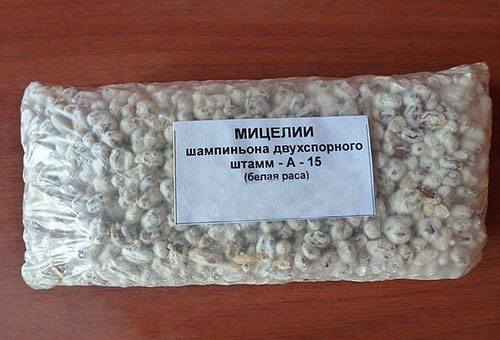
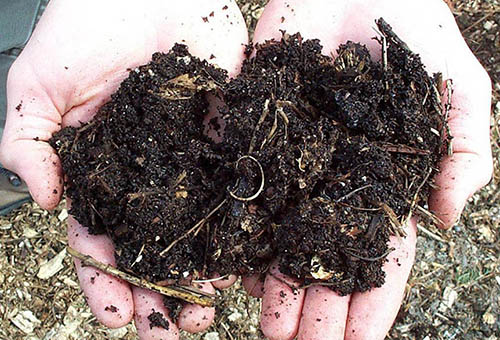
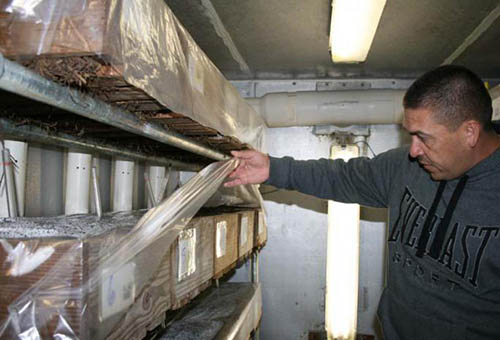
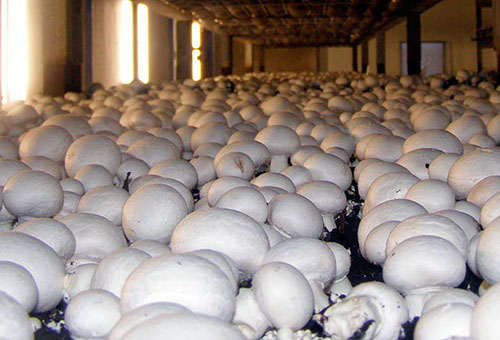
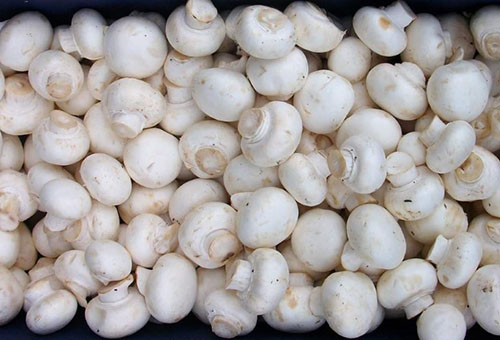
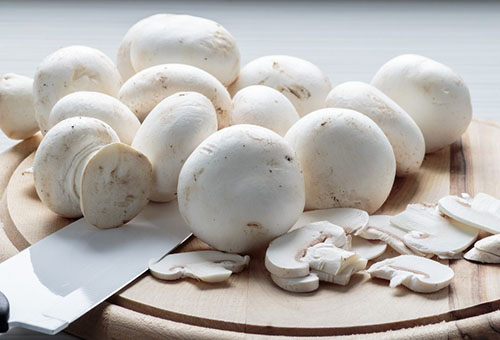
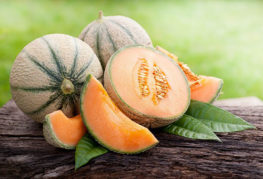
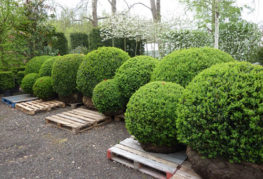
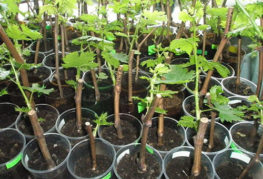

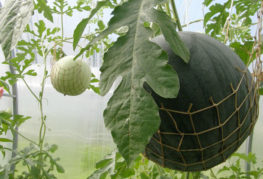
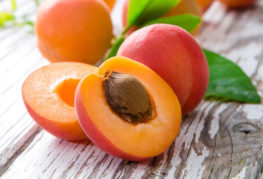
and will be published shortly.